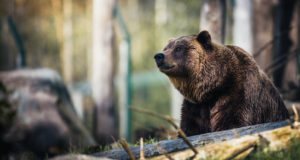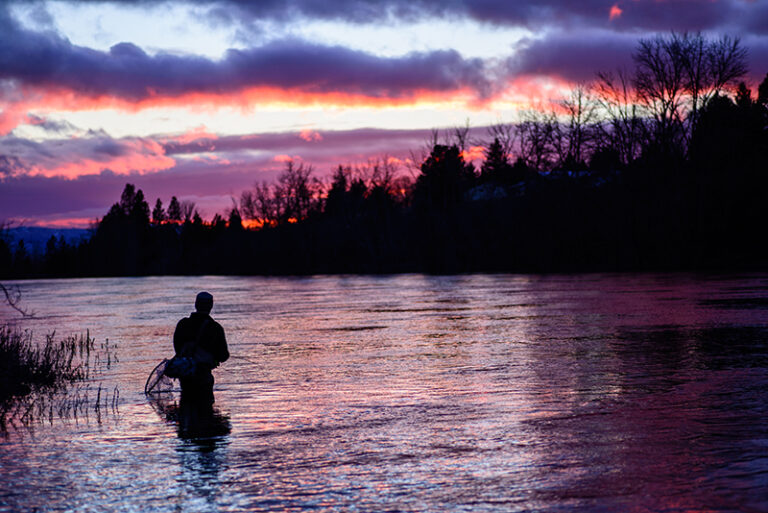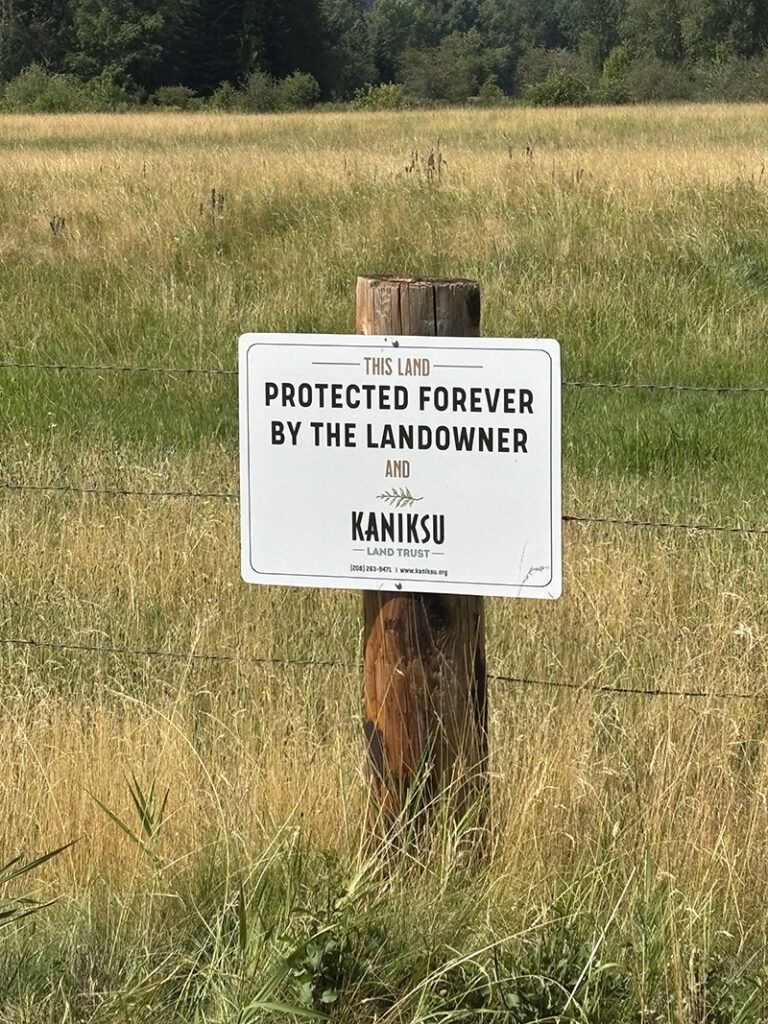As I sit inside my new house writing, I’m watching fall and winter duke it out in my front lawn. After an early October snowfall, several trees dropped all their leaves in a single day without even changing colors. Squirrels are burying acorns around yards, leaving tiny caps.
For some of us winter just means a time to slow down, put away the mountain bike and the trail shoes, and hang out by the fire. For wildlife hibernation is a state of inactivity and decreased metabolism that usually occurs during winter months to conserve energy in a time of scarce resources.
We might put away an activity for a while and gain a few pounds, but these animals seriously slow down. Black bears slow their heart rate from 90 beats per minute to eight, marmots from 180 to 30, and some bat species drop their heart rate from 300 to 10. Their breathing slows, too, and they take breaths once or twice a minute.

Some of us like to bundle up under the comforter and try to sleep as late as possible, only to be confronted by the inevitable call to the bathroom. Well, that is the same reason marmots and bats wake up during hibernation. Black bears, on the other hand, are able to recycle their waste and do not defecate or urinate while hibernating.
I definitely get a hankering for high fat and sugary foods when the weather starts to cool. Black bears will spend weeks in a foraging frenzy, eating up to 20,000 calories and gaining 3 pounds a day. By the time marmots are ready to hibernate, up to 50 percent of their body mass is fat.
The quality of this fat is important to hibernation. According to Dr. Elizabeth Addis, zoology professor at Gonzaga University, marmots will ideally metabolize essential fatty acids from seeds and plants while they are snug in their burrows. But marmots that gorge on human food, particularly snack food high in unsaturated fats, will experience hair loss, have weakened immune systems, and emerge from hibernation earlier.
Spending a lot of time inside can compromise our immune systems, but for bats it can be deadly. White Nose Syndrome is a fungus that grows on the skin of bats and wakes them from hibernation, uses up their fat store, and lowers their immune responses. White Nose has been affecting bats east of the Rockies since 2007. According to biologist Sarah Stankovitch, who studied bats in Eastern Washington, the fungus has recently made its way here. She cautions that cavers should disinfect their gear after each use to prevent spread of the White Nose fungus.

The change in day length can trigger a shift in hormones that signals to some animals that it is time to hibernate. But unlike some species of wildlife that must hibernate to survive, we can get outside, eat good food with friends, and stay active. //
Finding Winter Wildlife
It is not a good idea to go looking for hibernating animals in winter, but there are plenty of animals that brave the cold months and even thrive.

The summit of Mount Spokane is a great place to look for ermine and moose. Ermines are a type of weasel that turn white in winter, but you can catch glimpses of them bounding over the snow. Moose are harder to miss and use their wide hooves to move through deep snow.
Many birds are residents to the area and with the leaves off the trees they are easier to spot. Grab your binoculars and head to Turnbull and Little Pend Oreille National Wildlife refuges to catch glimpses of red crossbills, northern flickers, and downy woodpeckers. While there, keep a look out for elk trying to feed on aspen or snowshoe hares leaving their distinctive tracks. //
Adam Gebauer has been waxing his skis since the first snowfall in September. He last wrote about grizzly bear reintroduction in the North Cascades.
Originally published in the December issue as “Winter Strategies for Wildlife.”













